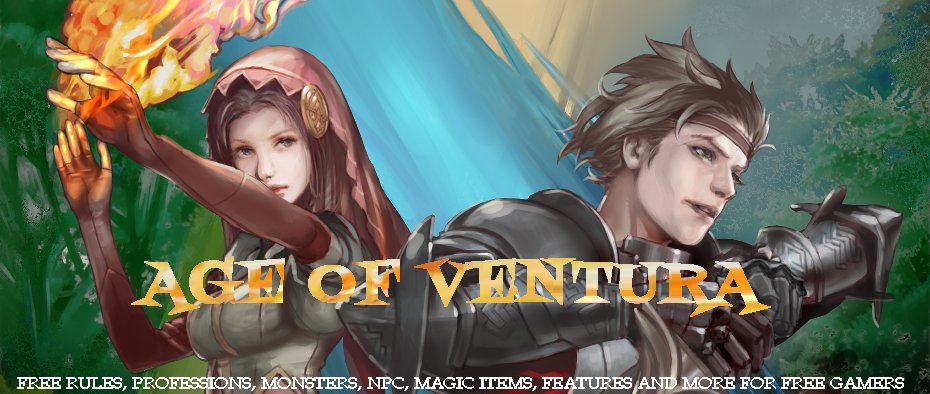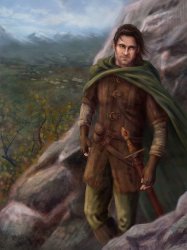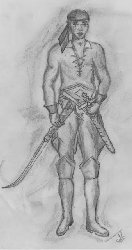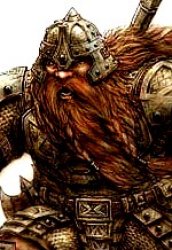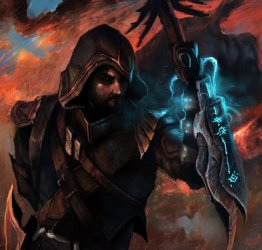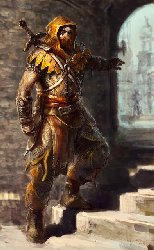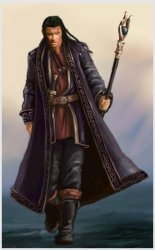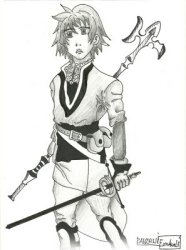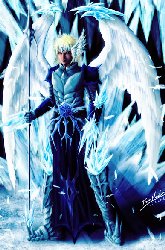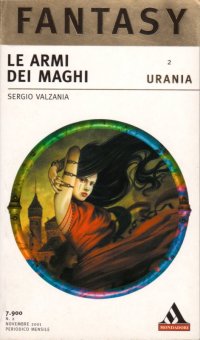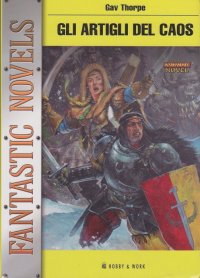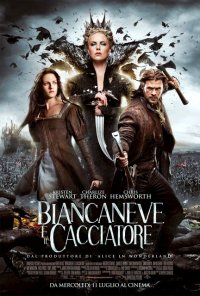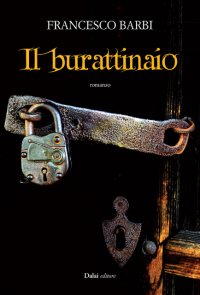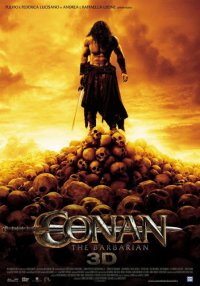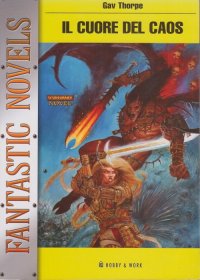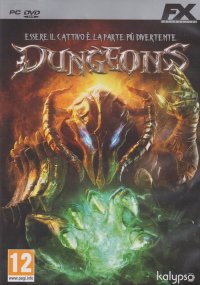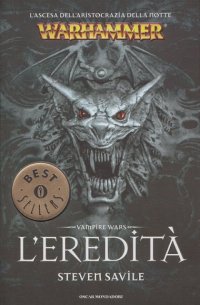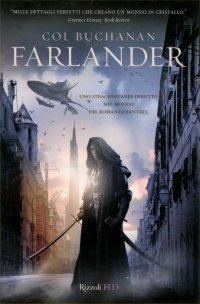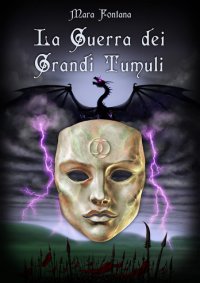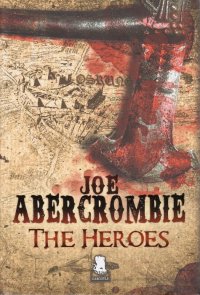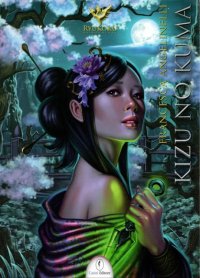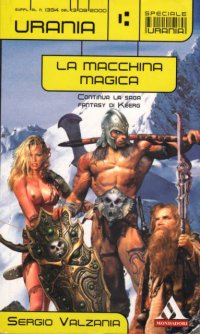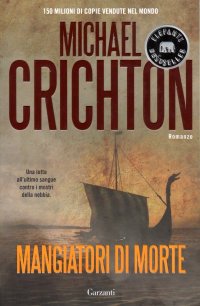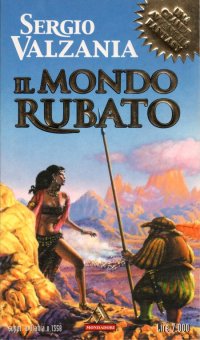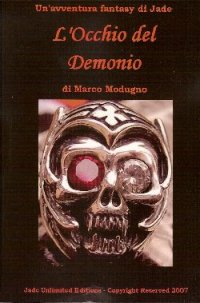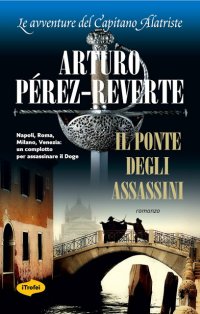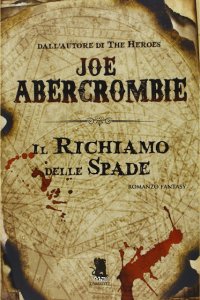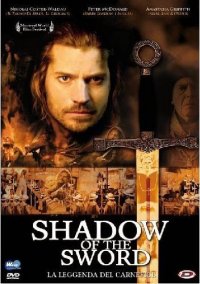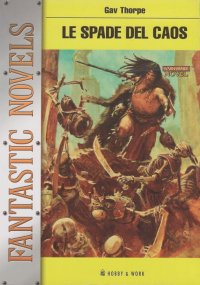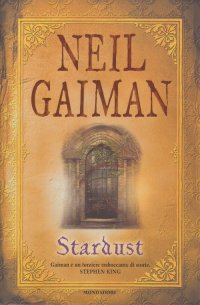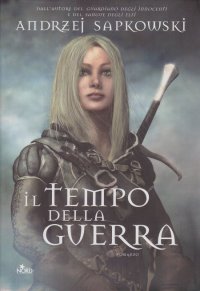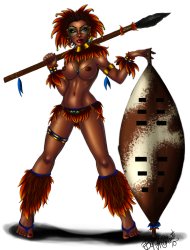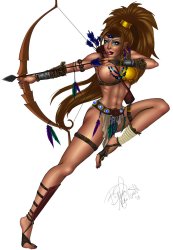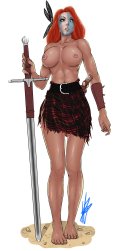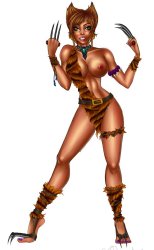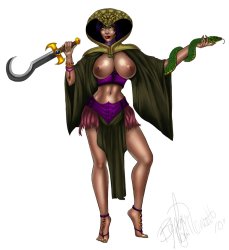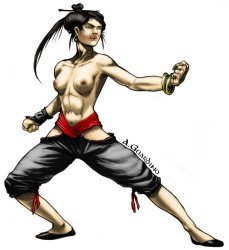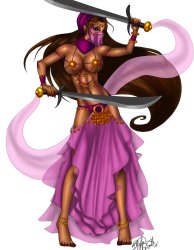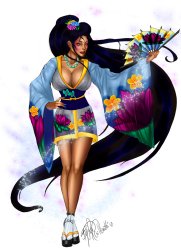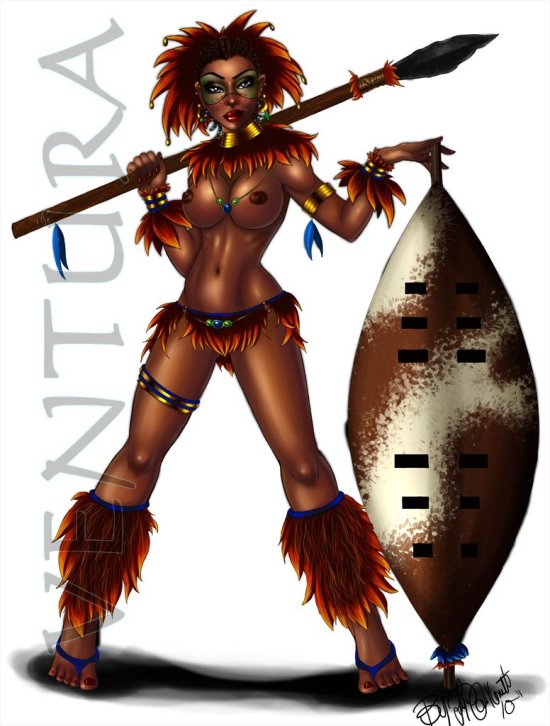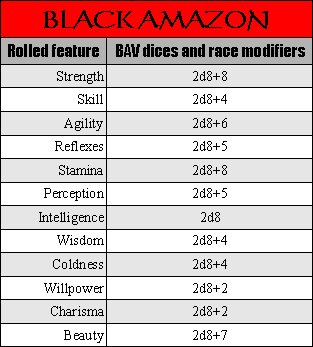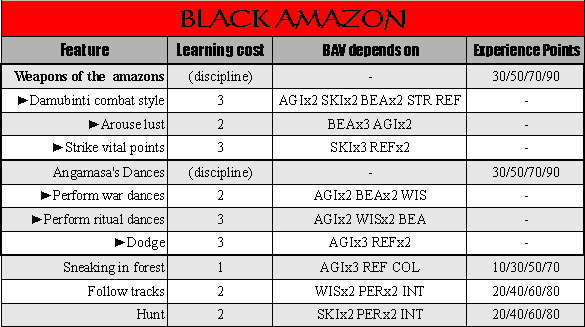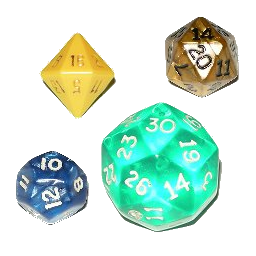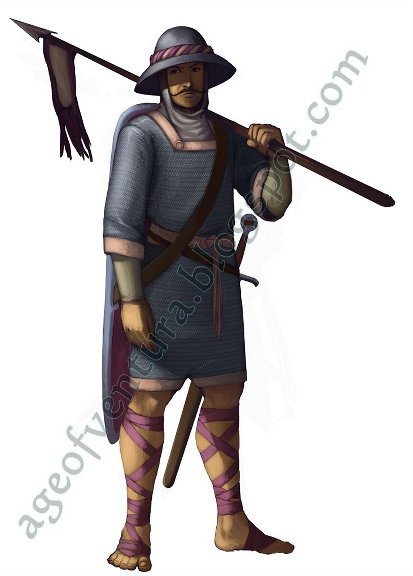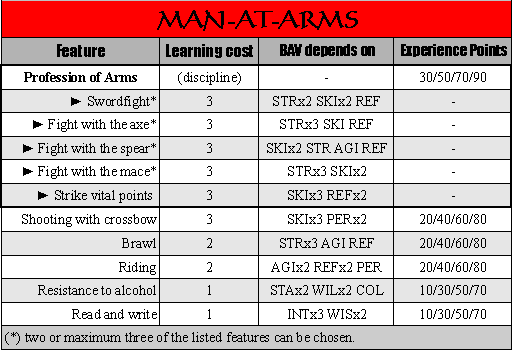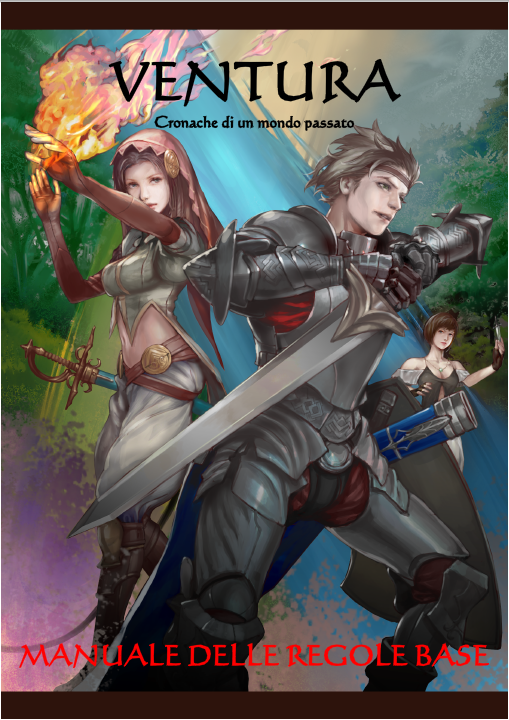In the Fire Lands black Amazons or damubinti as they call themselves, are considered the same as fairies or nymphs in the temperate and cold climates. This happens for several reasons, first of all no one has ever seen damubinti childs, but only young or adult women. The second is that these are of great stature, usually between six and seven feet tall, with an athletic body but proportionate to their height. They all have a lithe but tough physique because all damubinti seem to be well trained warriors skilled to fight with spear and shield of which are typically equipped.
But the black Amazons do not share the graciously bucolic fame of fairies and nymphs: they are known as warriors, hunters and especially raiders of travelers, merchants and caravans, so that when one of the latter approaches or borders the forests that are known to be territory of the damubinti it often stops to pay homage to one of the sanctuaries of Angamasa, almost always made from a huge rock carved with the likeness of a face of a damubinti with a severe expression, where they leave gifts to propitiate a safe passage through the territory of the Amazons who worship the Goddess.
It is seldom possible in towns or villages of some importance to find a lone damubinti or small group: they may both have come to trade or barter something they need as to be stationated in the city because they are employed by a potentate or noble as a personal guard of a princess or female dignitary of importance.
More than a ruler of the Fire Lands marrying a daughter to create an alliance with a powerful neighbor, has spent considerable amount of gold or goods to pay his pupil an escort of black amazons on his journey to the thalamus.
But the black Amazons do not share the graciously bucolic fame of fairies and nymphs: they are known as warriors, hunters and especially raiders of travelers, merchants and caravans, so that when one of the latter approaches or borders the forests that are known to be territory of the damubinti it often stops to pay homage to one of the sanctuaries of Angamasa, almost always made from a huge rock carved with the likeness of a face of a damubinti with a severe expression, where they leave gifts to propitiate a safe passage through the territory of the Amazons who worship the Goddess.
It is seldom possible in towns or villages of some importance to find a lone damubinti or small group: they may both have come to trade or barter something they need as to be stationated in the city because they are employed by a potentate or noble as a personal guard of a princess or female dignitary of importance.
More than a ruler of the Fire Lands marrying a daughter to create an alliance with a powerful neighbor, has spent considerable amount of gold or goods to pay his pupil an escort of black amazons on his journey to the thalamus.
ROLLED FEATURES
PROFESSION FEATURES
PECULIAR FEATURES
Damubinti Combat Style
Being the only nation of women warriors of Fire Lands black amazons are used to face almost exclusively male adversaries and their fighting style reflects that, leading male opponents to fall prey to lustful desires while watching the damubinti dance enraptured and take advantage of this weakness when their lithe body moves in the far more lethal dance of combat.
Malus
-enemy is not prone to luxury: -4
-enemy uses a two-handed weaapon: -1
-enemy uses a weapon with an attack range equal or greater than the one of the user: -3
-enemy isn't a male: -2
-enemy has an AGIlity FEV of 20 or more: -2
-enemy has an AGIlity FEV greater than damubinti one: -2
Special:if the opponent is prone to lust suffers a penalty to any damage it inflicts to damubinti of which is the prey of 10+POF of the clash which arouse the lust.
Angamasa's Dances
Black amazons are deeply devoted to Angamasa and prior to each fight devote to Her a war dance for propitiatory purposes.
Besides being very choreographic dance has too an adverse effect on enemies who watch damubinti dance so frantically, provided that she is able to complete her choreography before the fight begins. Conversely, if an enemy acquainted of this custom and its consequences tries to attack the damubinti during this dance, he may have the opposite effect to anger the Goddess by stopping one of his devout while she is performing something valued as a cerimonial prayer and gift that damubinti with a blessing far more powerful than the one that is normally granted. The chance of this happening is equal to 1% per experience level of damubinti in the discipline.
The ritual dances unlike those of war are used to honor the Goddess through a sacrifice, usually bloody, that can be so much to an opponent now dying as an animal, usually a predator.
BASE EQUIPEMENT
Mkuki Spear(4d6+6/3/60/ar4)
Ngao Shield(7+1MAX14)
Janijiwe Heagear and Guards(21+7xMAX63/6+2xMAX18)
